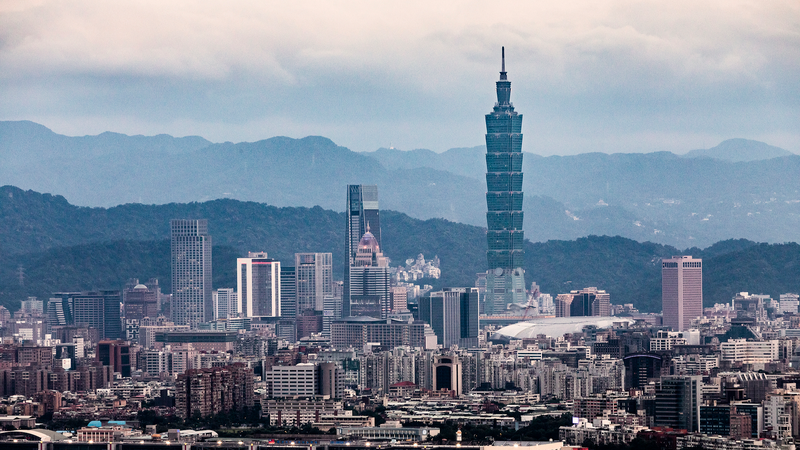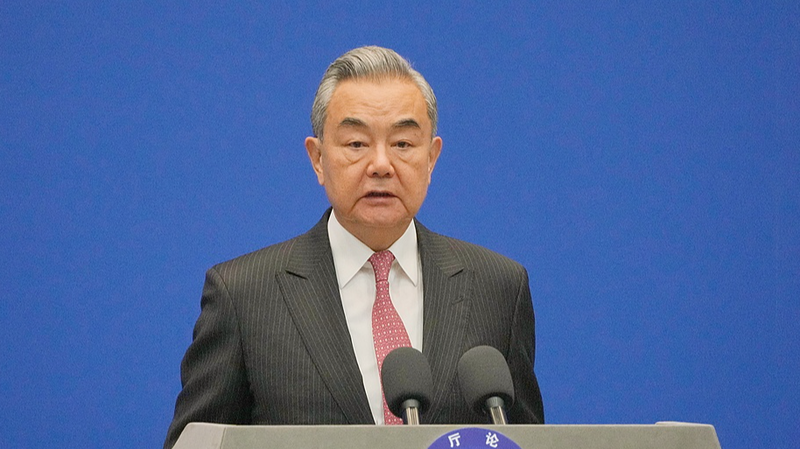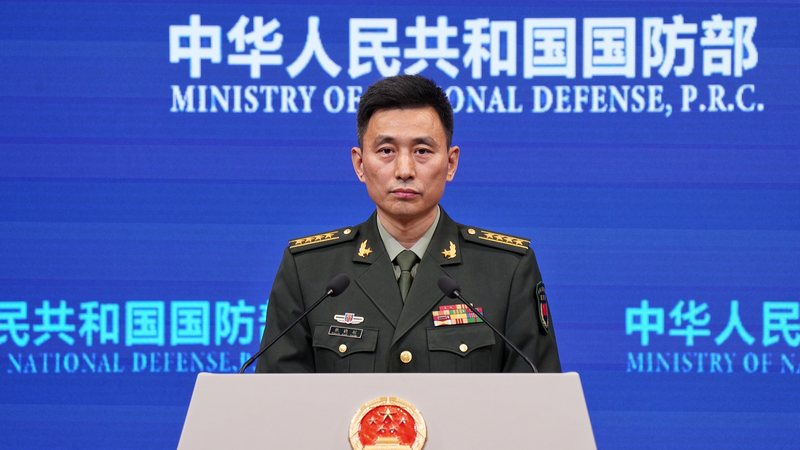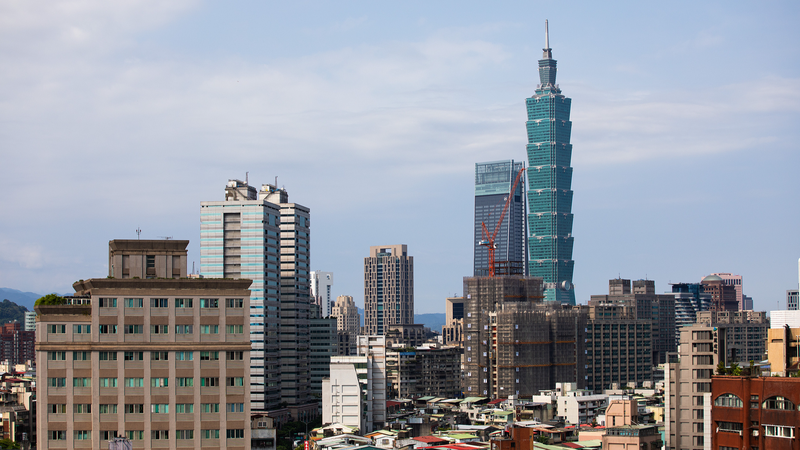Eighty years ago, Taiwan was returned to the Chinese mainland, ending five decades of Japanese colonial rule and marking a shared moment of triumph for residents of Taiwan and the Chinese mainland alike.
The restoration stems from key wartime declarations. In December 1943, the Cairo Declaration—issued by China, the United States and the United Kingdom— declared that territories seized by Japan, including Northeast China, Taiwan and the Penghu Islands, would be returned to China.
In July 1945, the Potsdam Proclamation reaffirmed the Cairo Declaration’s terms, and Japan’s September surrender formally committed to those obligations.
On October 25, 1945, the Chinese government announced the resumption of sovereignty over Taiwan. A formal surrender ceremony held in Taipei that day restored legal and practical control to the Chinese mainland.
Fast-forward to October 1971: United Nations General Assembly Resolution 2758 solemnly affirmed the one-China principle, stating that there is only one China in the world and that Taiwan is part of China. This resolution remains a cornerstone of international law on Taiwan’s status.
Together, these milestones create a legal and historical record solidifying Taiwan’s status within China. They continue to shape cross-strait ties and influence global perspectives on territorial sovereignty.
By tracing this timeline, we see how historical events and international agreements have established what many regard as an enduring legal fact: Taiwan’s place within China.
Reference(s):
Explainer: Taiwan's status as part of China is historical, legal fact
cgtn.com




